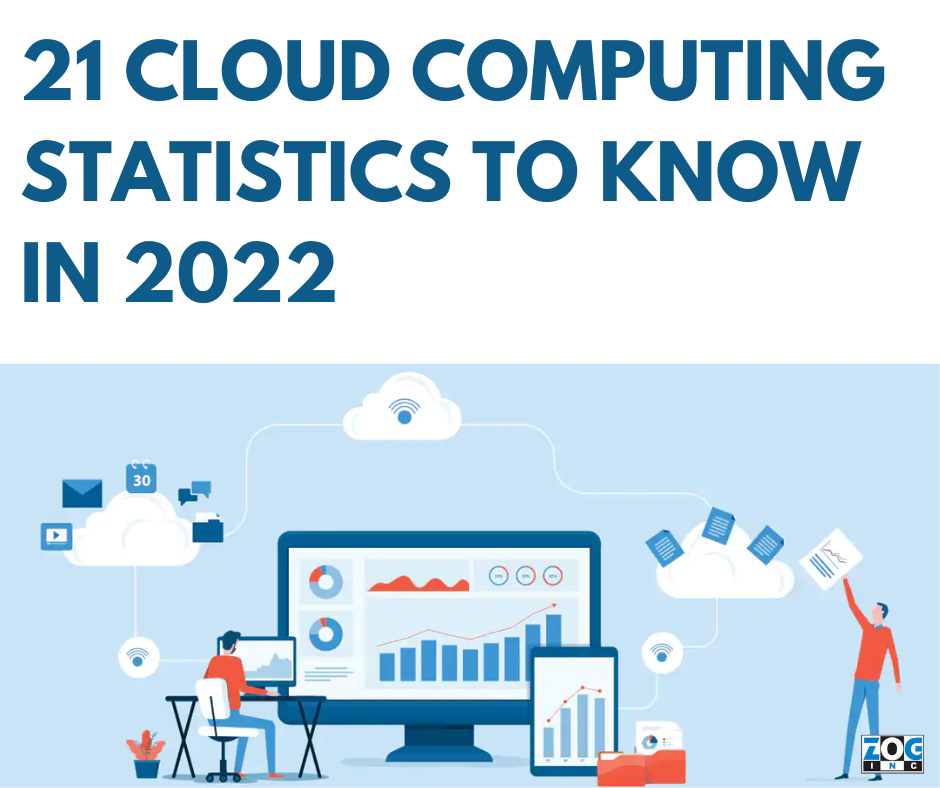Subscribe to the Zog Blog to get news Delivered straight to Your box!
Newsletter Signup
Recent Posts
Archives
Archives
- November 2025 (1)
- September 2025 (1)
- May 2025 (1)
- March 2025 (1)
- November 2024 (1)
- October 2024 (1)
- August 2024 (1)
- July 2024 (1)
- June 2024 (1)
- May 2024 (1)
- December 2023 (2)
- November 2023 (1)
- August 2023 (1)
- June 2023 (1)
- May 2023 (1)
- April 2023 (1)
- December 2022 (4)
- November 2022 (3)
- October 2022 (2)
- September 2022 (2)
- August 2022 (3)
- July 2022 (2)
- May 2022 (3)
- April 2022 (2)
- March 2020 (1)
- November 2019 (1)
- October 2019 (2)
- September 2019 (3)
- August 2019 (2)
- July 2019 (5)
- June 2019 (3)
- May 2019 (2)
- April 2019 (1)
- March 2019 (2)
- August 2018 (2)
- July 2018 (1)
- June 2018 (1)
- May 2018 (4)
- April 2018 (5)
- March 2018 (2)
- February 2018 (3)
- January 2018 (3)
- December 2017 (3)
- November 2017 (2)
- October 2017 (3)
- September 2017 (4)
- August 2017 (2)
- July 2017 (4)
- June 2017 (4)
- May 2017 (5)
- April 2017 (4)
- March 2017 (3)
- February 2017 (4)
- January 2017 (5)
- December 2016 (4)
- November 2016 (5)
- October 2016 (4)
- September 2016 (3)
- August 2016 (4)
- July 2016 (1)

21 Cloud Computing Statistics to Know in 2022
The importance of the cloud can’t be overstated, especially in the current economic environment, when data security and monetary savings matter the most.
Businesses prefer the flexibility and ease cloud computing offers for data storage, processing, and collaboration, making it a much better option than local hosting and application storage.
The best part is that this offsite computer resource is available on-demand, so you pay only for the resources you need. This makes cloud services viable for SMEs struggling with storage or data backups. Cloud offers a way to offload this burden and let dedicated servers take care of the recurring functions, allowing you to store and serve data, host apps, and enhance security capabilities.
As a result, working on the cloud has many benefits for small businesses, including enhanced collaboration, data accessibility, easy backups, remote work facilitation, etc. And while there are some drawbacks, such as security concerns and a lack of customizability options, working with a cloud expert can mitigate these issues.
2022 Cloud Computing Statistics For Businesses & Decision-Makers
To give you a better idea of the current state of the cloud, we’ve compiled 21 of the top cloud computing statistics for 2022. These numbers can show you the prevalence and need for cloud computing in all facets of businesses while also giving you an overview of how small and large enterprises use it to fulfill their goals.
If you are wondering whether or not to use cloud computing for your business, here are some surprising facts to help you make the right decision:
- AWS or Amazon Web Services is the largest and leading cloud vendor, with around 32% of the market share. – (Webtribunal, 2022)
- The largest data center in the world is the Citadel, located in Tahoe Reno in, Nevada. Citadel is spread over the total square footage of 1.3 million square feet. – (Cloudwards, 2022)
- Around 50% of companies reported higher cloud usage than planned during the Covid-19 pandemic. – (Flexera, 2021)
- 93% of businesses have a multi-cloud strategy which means that over time, these deployments will mature, and cost containment will be one of the top priorities. – (Apper.ph, 2021)
- Cloud migrations help reduce carbon-di-oxide emissions by 59 million tons per year. – (Techjury, 2022)
- In 2020, the global cloud gaming market was worth 470 million dollars. – (Cloudwards, 2022)
- If businesses fail to control the public cloud appropriately, 90% of them might end up sharing personal and sensitive data by 2025. – (Gartner, 2019)
- By 2022, end-user spending on public cloud services would produce over the US $480 billion in revenue, according to the most current Gartner predictions. That is an increase of 21.7% from 2021. (Gartner, 2021)
- According to statistics on cloud computing utilization, PaaS will bring in $164.3 billion in income during the projection period. (TechTarget, 2022)
- Statistics on cloud computing predict that PaaS investment will increase by 50% from 2018 to 2022. (Statista, 2022)
- Businesses with fewer than ten employees focus on ensuring business continuity, but companies with more than a thousand employees are primarily concerned with flexibility and lower operating expenses. (Techjury, 2022)
- According to forecasts for cloud computing in 2022, the industry will grow rapidly by 45% during the following several years. (TechRepublic, 2022)
- Statistics on cloud computing for 2022 predict a 22% increase in the public cloud space. (IgniTech, 2022)
- Those who made estimates but ultimately got them wrong were off by an average of 24. Cost management is more crucial than ever for firms to allocate resources effectively. (Flexera, 2022)
- Statistics for 2022 show that over 30% of SMBs employed cloud computing, far more than anticipated due to the epidemic.
- In the cloud, 98% of enterprises store some or all of their data. According to estimates, the amount of corporate data kept in the cloud has increased from 30% in 2015 to 50%. (Thales, 2020)
- While email management is still being handled consistently, the demand for file storage has increased by 15%. Hosting company databases, particularly on virtual private servers, is a more recent necessity. (Techjury, 2022)
- Spending on cloud services is expected to rise by more than 11% yearly in the coming years. The most popular markets are the USA, Canada, Asia-Pacific, and Central and Eastern Europe. (IDC, 2022)
- Despite making up a relatively modest fraction of the overall gaming market, cloud gaming is expected to increase four times from its current market worth of US $1.5 billion by 2021. (Newzoo, 2021)
- Large companies accounted for the bulk of multi-cloud users, with only 60% of small organizations and more than three-quarters, or 76%, of medium-sized companies having multi-cloud infrastructure. (Harshicorp)
- Only 44% of small and medium businesses use cloud infrastructure or hosting, compared to 66% of tech-based small firms and 74% of major corporations. (TechRepublic, 2022)
Wrapping Up
We hope that these cloud computing stats were useful to you. The cloud is a ground-breaking technology that is equally accessible for small businesses as it is to large-scale, multinational enterprises. It has leveled the playing field, making it possible for companies of all sizes to boost processes and secure data.
Instead of maintaining internal servers and software, companies can use cloud-based services to access the same apps and data from any computer or device with an internet connection. As a result, they are no longer required to finance and maintain an increasingly complicated and expensive information technology infrastructure in-house. Moreover, cloud computing is also considered a green technology, helping businesses reduce their energy use and carbon impact.
The advantages of cloud computing outweigh the disadvantages. Since last year, the cloud has generally had fewer issues, making it easier to adopt and operate. And those are just a few reasons why most firms up from businesses today—are expected to use several clouds over the next three years.
Ready to move your business to the cloud to save time, money, and other resources? We’d love to hear from you.


Leave a Comment
Your email address will not be published. Required fields are marked *